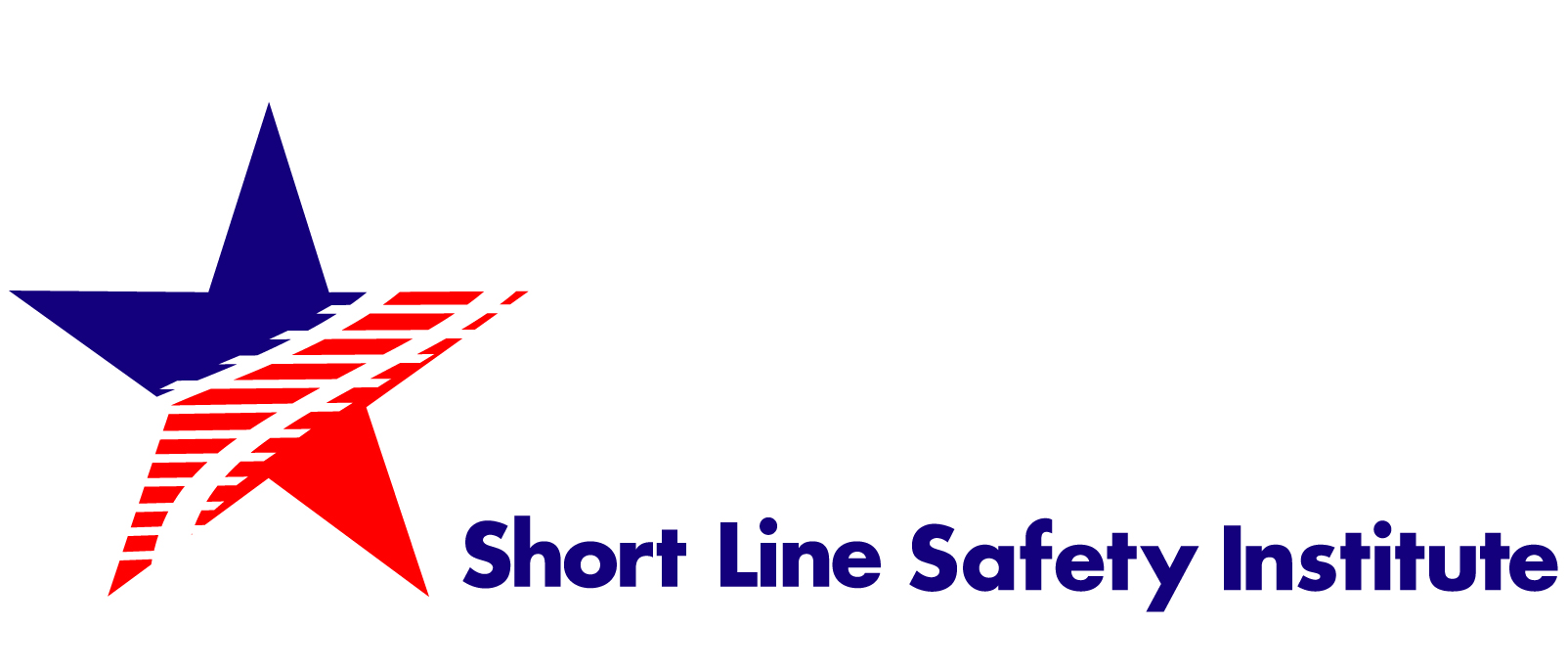Short Videos Address Key Elements of HazMat Safety Regulations
WASHINGTON – November 13, 2020 – Today the Short Line Safety Institute (SLSI) launched its first online program for hazardous materials training with five stand-alone educational videos that provide an overview of key elements of the Hazardous Materials Regulations. The videos were designed with the busy railroader in mind, ranging in length from four to seven minutes.
“The video library is an outgrowth of the robust Hazardous Materials training program that the SLSI offers at no cost to short line railroads,” said Tom Murta, Executive Director, SLSI. “During the more than 50 training events SLSI has hosted, each with multiple sessions, several topics have regularly risen to the top in the form of frequently asked questions and discussion during the classes. We’ve created five videos that can be easily accessed to assist railroads in providing training that enhances what is already available on the railroad.”
Dubbed ‘Fast Class’, each video is a standalone topic and can be viewed in any order. The videos can be used as engaging training tools during safety briefings, or as quick refreshers for employees on a particular topic.
“The videos provide an opportunity to deliver relevant and helpful training in an additional format during a time when in-person training opportunities may be limited due to pandemic-related restrictions,” said John Walsh, Director of Hazardous Materials Programs, SLSI. “We look forward to adding to this resource moving forward, while looking for other ways to assist short line railroads in the safe movement of hazardous materials.”
The SLSI offers a comprehensive in-person Hazardous Materials Training program, designed to supplement existing training programs that can be tailored to a railroad’s specific operation. Thanks to a grant from the Pipeline and Hazardous Materials Safety Administration, training that provides a combination of instruction, hands-on training, and interactive experience-based discussions is available at no cost to the railroad and can be conducted safely during the COVID pandemic.
In addition, instructors are able to review a railroad’s emergency response plan and protocols during an Emergency Preparedness, Response, and Reporting Exercise, identifying opportunities to enhance the railroad’s emergency response capabilities.

